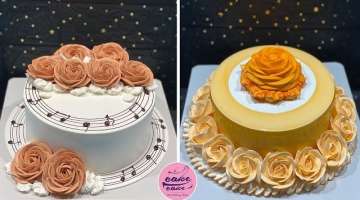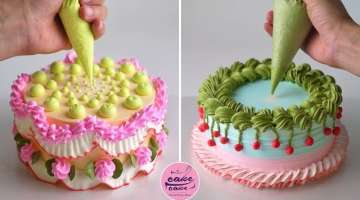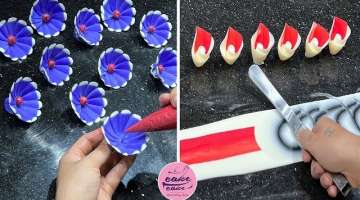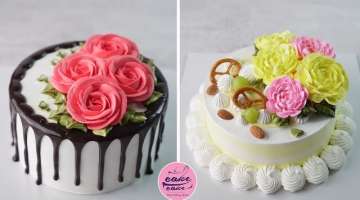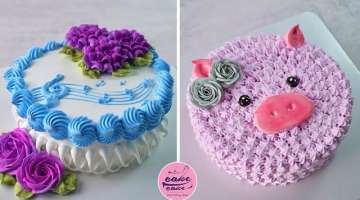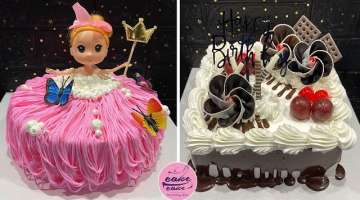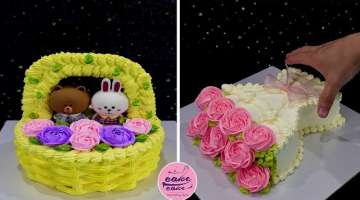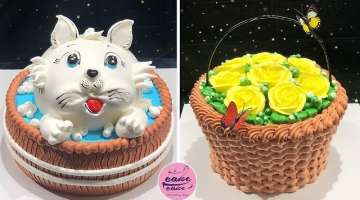Easy To Grow Houseplants Clean the Air
A houseplant, usually native to tropical climates, is grown indoors for decorative purposes. Houseplants also provide a natural and cost effective way to clean indoor air. According to Dr. Wolverton’s NASA study, it is suggested that at least one potted plant per 100 square feet of home or office space is needed to be effective air cleaners.
- 1 | 10

The major factors to consider when growing and caring for a houseplant are water, soil, light, temperature, humidity, fertilizers, and pots. Most plants come with a description tag that will guide you on how to care for that specific plant. Below are some basic guidelines for houseplant care.
- 2 | 10

Both under-watering and over-watering, can be harmful to houseplants. Check the soil moisture to determine whether a plant needs to be watered. Typically, a houseplant needs to be watered about once a week. Avoid rigid watering schedules and only water when needed. Be sure to completely saturate the soil when watering.
- 3 | 10

Use a good potting soil mixture. Good potting soil mixture provides the houseplant with nutrients, adequate drainage, and proper aeration. Most potting soil mixtures contain a combination of dirt, peat moss, and perlite or vermiculite.
- 4 | 10

A good potting soil mixture can usually be purchased wherever potted and garden plants are sold.
- 5 | 10

Plants use light to make energy through the process of photosynthesis. Windows are the most common light source for houseplants. Southern facing windows provide the most sun and light exposure. Western and eastern windows have much less sun and light exposure. Artificial light, such as fluorescent lighting, also provides excellent light quality for houseplants. 8-16 hours of quality light is ideal for most houseplants.
- 6 | 10

Most houseplants grow in a tropical climate which ranges from 60-80 degrees. The majority of homes are kept around this temperature; therefore, houseplants can thrive inside the home. Night temperatures should be 10 degrees lower to duplicate nature.
- 7 | 10

Nearly all plants thrive in 80% relative humidity. Generally, most homes are kept around 20%-60% relative humidity. One of the most popular methods to increase relative humidity is to use a pebble tray beneath a houseplant. To make a pebble tray, fill the drainage tray with small pebbles or rocks. Then fill the tray with water as high as the pebbles or rocks are and then set the potted houseplant on the pebble or rock tray. Be sure to keep the pebble or rock tray full of water.
- 8 | 10

Another way to increase relative humidity is to purchase and use an indoor humidifier. Other simple ways to increase humidity are to group plants together and avoid placing them in drafty areas.
- 9 | 10

Proper pot size is an important fact to consider. A pot that is too small may halt a plant’s growth while a pot that is too large may cause root disease because of the excess moisture retained in the soil. Generally a pot can stay in the same pot for about two years.
- 10 | 10

Porous pots (usually clay) provide better aeration because air passes laterally through the sides of the pot. Non-porous pots (glazed or plastic) tend to hold moisture for a longer period of time and can restrict airflow. Be sure all pots have drainage holes. If a pot does not have adequate drainage the plant may end up with root rot. A substitute drainage mechanism can be made for pots without drainage holes by placing clay shards or pebbles in the bottom of the pot before filling it with soil. This will allow the excess water to pool in the bottom of the pot instead of the soil.
